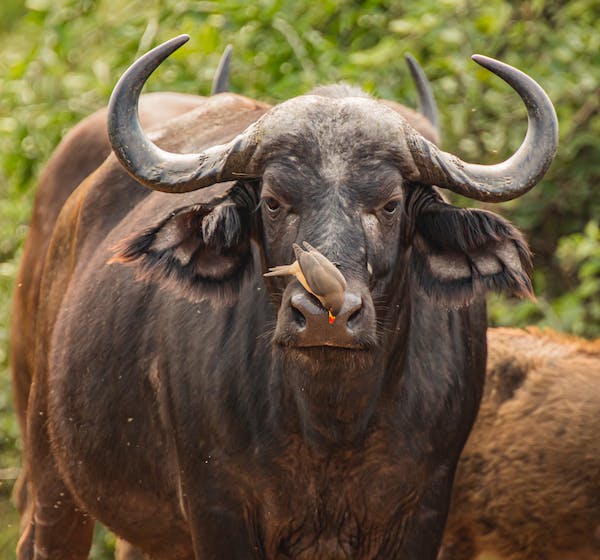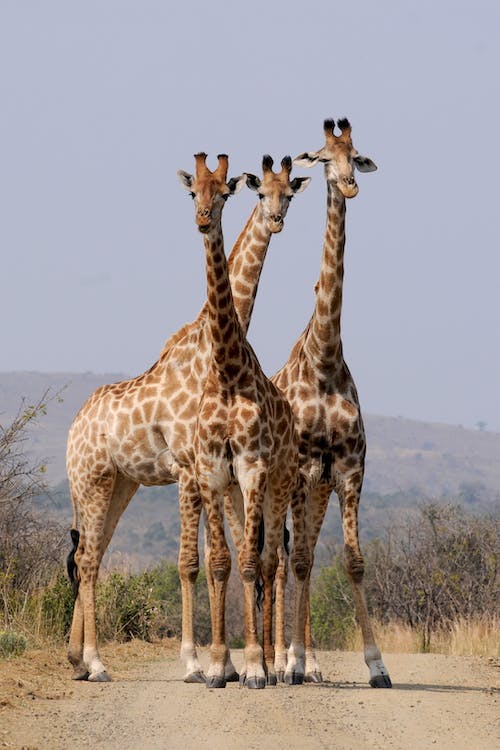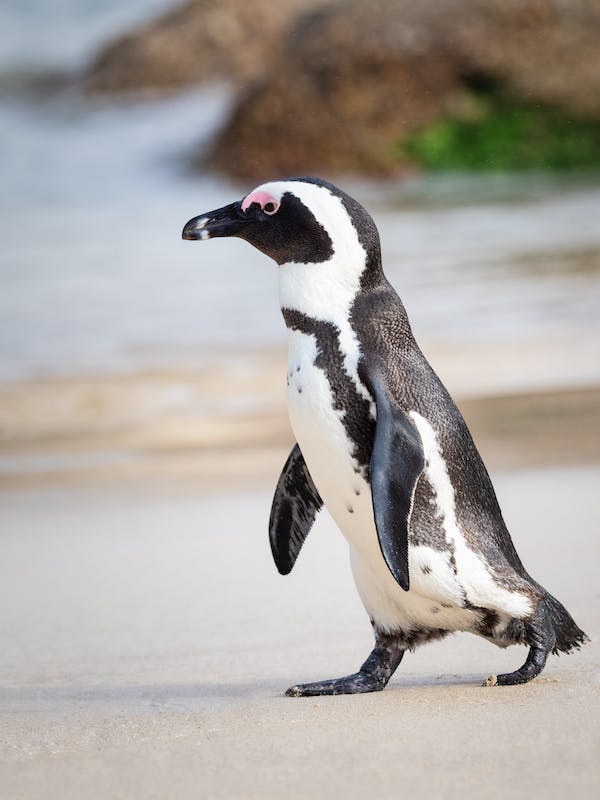Africa is a multitude of things. It hosts thousands of tribes and cultures, boasts stunning tropical beaches and vibrant cities, and possesses many geological wonders and awe-inspiring natural sceneries. Of course, the continent is most renowned for its unmatched wildlife diversity, offering travelers with great viewing opportunities to many of the world’s most famous fauna in their natural habitat and behavior.
Sadly, many of these amazing species are now classified as vulnerable to critically endangered, with high chances of being extinct. What’s great is that many people and organizations from Africa are continuously doing conservation works to protect these species. Still, awareness elicits more actions. With that, we’ve listed the most endangered species in Africa that need more conservation efforts to help ensure that they will thrive in the next generations.
African Wild Dog
The African Wild Dog is far from a typical man’s best friend as these canines are very reproving of other animals and do not possess the traits one’s people adore in their homes. Yet, within their species, these beautiful dogs establish strong solid bonds with each other. They are agile and coordinated, leading to nearly 80% success rates in their hunts, leaving the lion far behind with a meager 30% success.
Despite being one of Africa’s greatest hunters, the African Wild Dogs are considered endangered, with only around 5,000 individuals left. Major threats to their population include habitat fragmentation, infectious diseases like distemper and rabies, and targeted and accidental killing by humans.
Rothschild’s Giraffe
The Rothschild’s giraffe is a subspecies of the Northern giraffe, that used to live freely across western Ethiopia, western Kenya, southern South Sudan, and Uganda. Today they are only mainly found in conservation areas in Kenya and Uganda. Significant reasons for their population decline include massive loss of natural habitat, hunting, and poaching.
Ethiopian Wolf
Dubbed as the last wolves of the African continent, the Ethiopian wolves thrive in the Ethiopian highlands which lie 3,000 to 4,500 meters above sea level. Also known as the Abyssinian Wolf or the Simien Fox, these rare canids endure harsh temperatures, often dropping below freezing points. Yet, their population is declining due to habitat destruction, road killings, infectious diseases, and stress from human encroachment. There are only about 500 individuals left in Africa.
Mountain Gorilla
Famous movies depicted gorillas as fearsome and aggressive animals. Deep inside, however, these great apes have a gentle side and wouldn’t hurt humans unless threatened or harmed. Mainly found in the dense high-altitude forests in Rwanda, Uganda, and Congo, Mountain Gorillas have thicker fur that protects them from the temperatures of their habitat that can lie 8,000 to 13,000 feet above sea level. They can be seen in groups of up to 30 apes, led by an Alpha Male. Still, their number is precariously low due to disease, poaching, forest degradation, and regional political conflicts.
Black Rhino
Black rhinos are majestic and being part of Africa’s “Big Five,” they are one of the first animals that come to mind when thinking of Africa. Though they are massive, these rhinos are herbivores, spending most of their browsing the African plains in search of plants and shrubbery to eat. While their eyesight isn’t that great, they make up for it with their extremely good sense of smell and hearing. Sadly, black rhinos are being poached for their beautiful horns, which are then used for medicinal purposes or as mere ornaments. They are also affected by habitat loss and civil unrest and are now considered critically endangered. There are only less than 5,000 individuals in the wild.
African Penguin
Imagining penguins often brings images of penguins of Antarctica. Africa serves as a home to their smaller and cheerful penguins, the African penguins, who have adapted to the warmer temperatures at the southern African waters. Also known as the Cape Penguin, these flightless birds have a more streamlined frame with stiffened wings and flattened flippers, ideal for a marine habitat.
Today, there are more than 20,000 breeding pairs. While it may seem a large number, there were about a million individuals living in Africa a century ago. As their number continues to decline rapidly, it is believed they can be extinct in the next decade.
Addax
A less popular yet equally majestic antelope is the Addax, found in Chad and Niger, but are classified as a Critically Endangered species. Also called the Screwhorn antelope, they are easily distinguishable with their long spiral horns. These antelopes are the most-desert adapted of all African antelope only to be diminished by poaching by hunters in vehicles with modernized weapons. A 2016 survey found that only three individuals are surviving in the wild.
Pangolin
Four of eight Pangolin species in the world can be found in Africa: Black-bellied pangolin (Phataginus tetradactyla), Giant Ground pangolin (Smutsia gigantea), White-bellied pangolin (Phataginus tricuspis), and the Temminck’s Ground pangolin (Smutsia temminckii). The remaining four live in Asia but all eight species are listed as critically endangered. It’s no surprise as these mammals are considered the most trafficked animals. They are widely hunted for their meat, skin, and scales, which are deemed to have medicinal and magical properties, all of which were never proven.
Knysna Seahorse
Knysna Seahorses, also known as Cape seahorses, grows only about 5 inches (12 centimeters) in size and are among the smallest endangered animals in the African continent. They are found in three estuaries in South Africa namely the Swartvlei estuaries, Keurbooms River, and the Knysna Lagoon. Their population is threatened due to increasing ocean pollution and habitat destruction.
African Elephant
Though African Elephants may seem to be abundant in Africa, their number has declined over 100,000 in just a decade. It is estimated that an average of 55 individuals are killed each day due to poaching for their tusks. Once widespread all over the African continent, these magnificent mammals are only affected by habitat destruction apart from human greed.
Takeaway
Part of Africa’s natural beauty is its incredible wildlife, which is hard to find somewhere else on the planet. Some of them, however, may not be able to see the future due to various factors affecting their population. What’s great is everyone can play their part and support conservancy efforts to protect and save these animals, helping them in their fight for survival.



